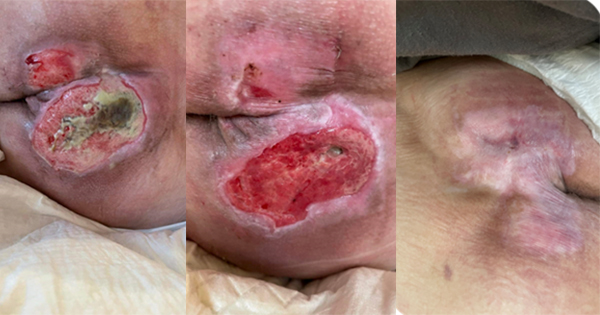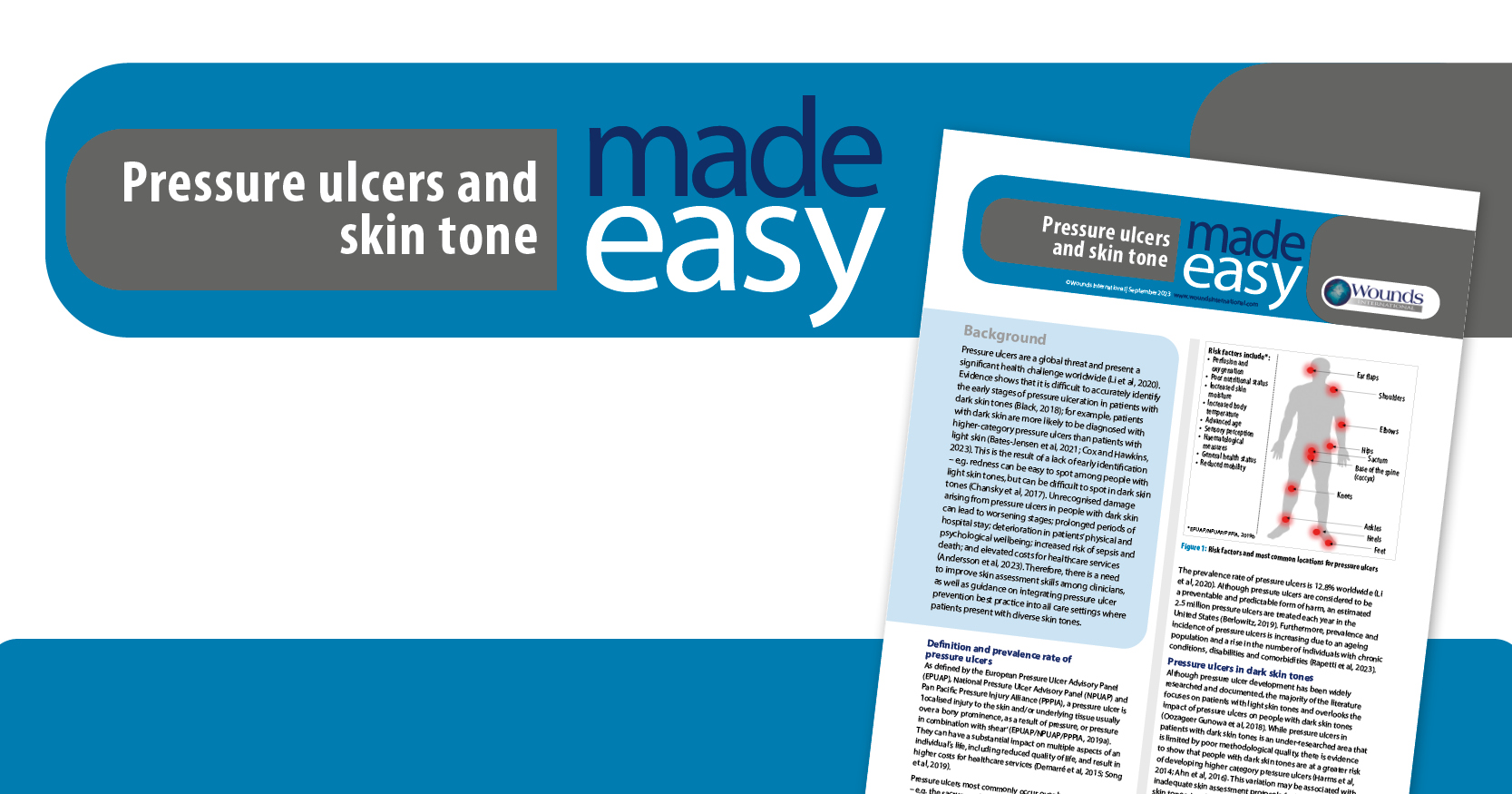<p>Heels are the second most common anatomical location for pressure ulcers. The prevalence rate of visible heel pressure ulcers varies from 7.3% in a small sample[2] to 18.2% in a large sample. The anatomic location of suspected deep tissue injury is more commonly seen on the heel (41%) compared to the sacrum region (19%) or the buttocks (13%). Pressure ulcers are significantly more prevalent at the heel (P <.001) and at the ankle and foot (P <.001), and are less prevalent at the sacrum and coccyx (P <.001). This article explores the idea that ankylosis of the knee in people with immobilisation syndrome defined as ‘pathological changes in most organs and systems of the body due to prolonged inactivity and bed rest’, and/or contractures of the knee, especially in older people, should be considered an independent risk factor for the development of pressure ulcers on the heel.</p>






